Stephanie McBride regards the work of an accomplished 19th-century photographer who sensitively recorded portraits of people and place
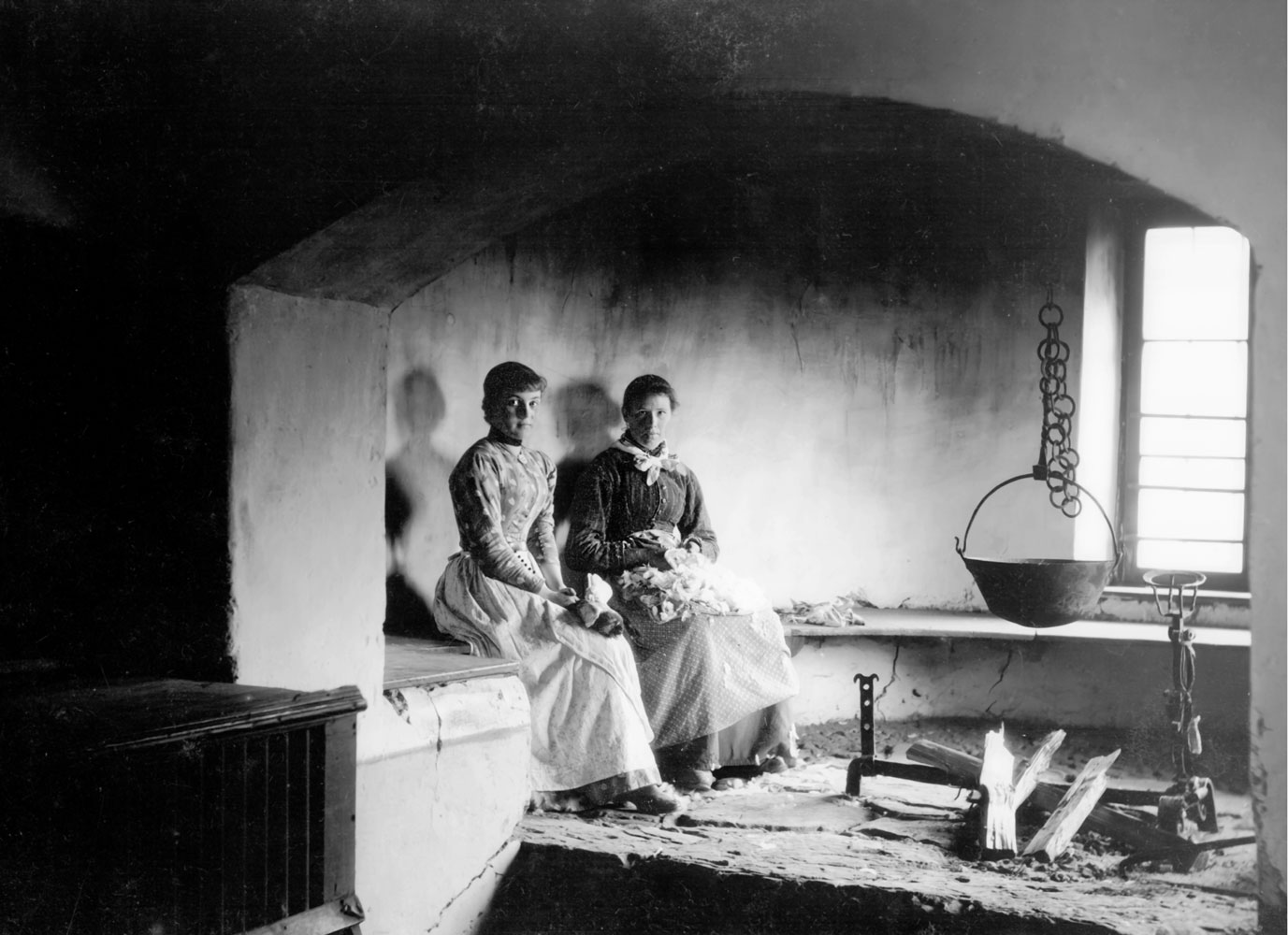
Goddard Henry Orpen, second cousin of the painter William Orpen (1878–1931), was a prolific photographer. An extensive archive at Monksgrange, Co Wexford, houses his photographic work, which includes 800 glass negatives, 300 acetate negatives, 150 lantern slides and almost 1,000 positives. Orpen was also a highly accomplished archaeologist, antiquarian, historian, folklorist, ethnographer and translator.
After graduating from Trinity College Dublin, he was called to the bar in London in 1877. In 1900, on returning with his wife, Adela, to her ancestral home at Monksgrange, near Enniscorthy, Orpen left the legal profession to devote himself to research, writing and other interests. Such is the contested nature of Ireland’s history that his Ireland under the Normans, first published in four volumes from 1911 to 1920, provoked a rigorous critique by scholar and politician Eoin MacNeill, who rejected Orpen’s unflattering depiction of Irish ‘tribalism’. Despite such controversies, the classic study has been republished frequently.
To read this article in full, subscribe or buy this edition of the Irish Arts Review
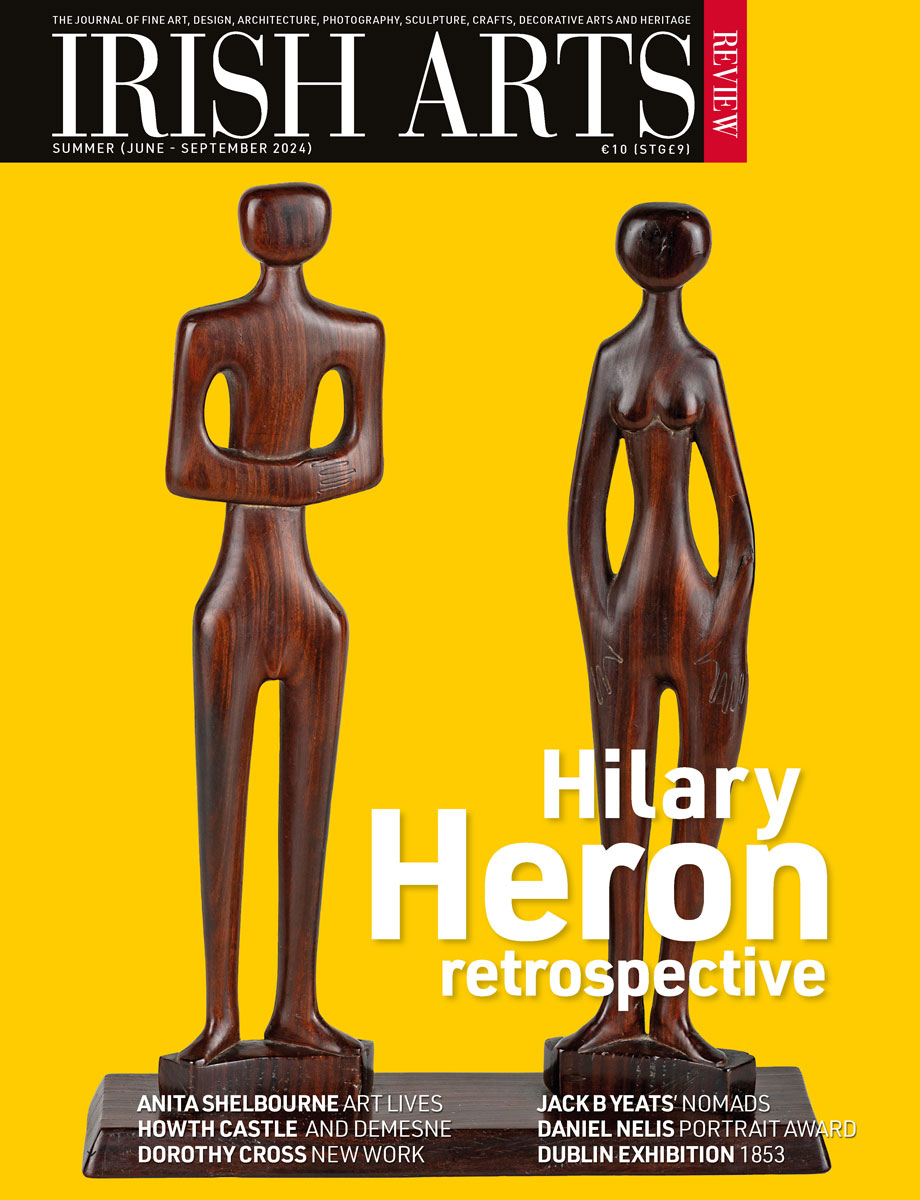
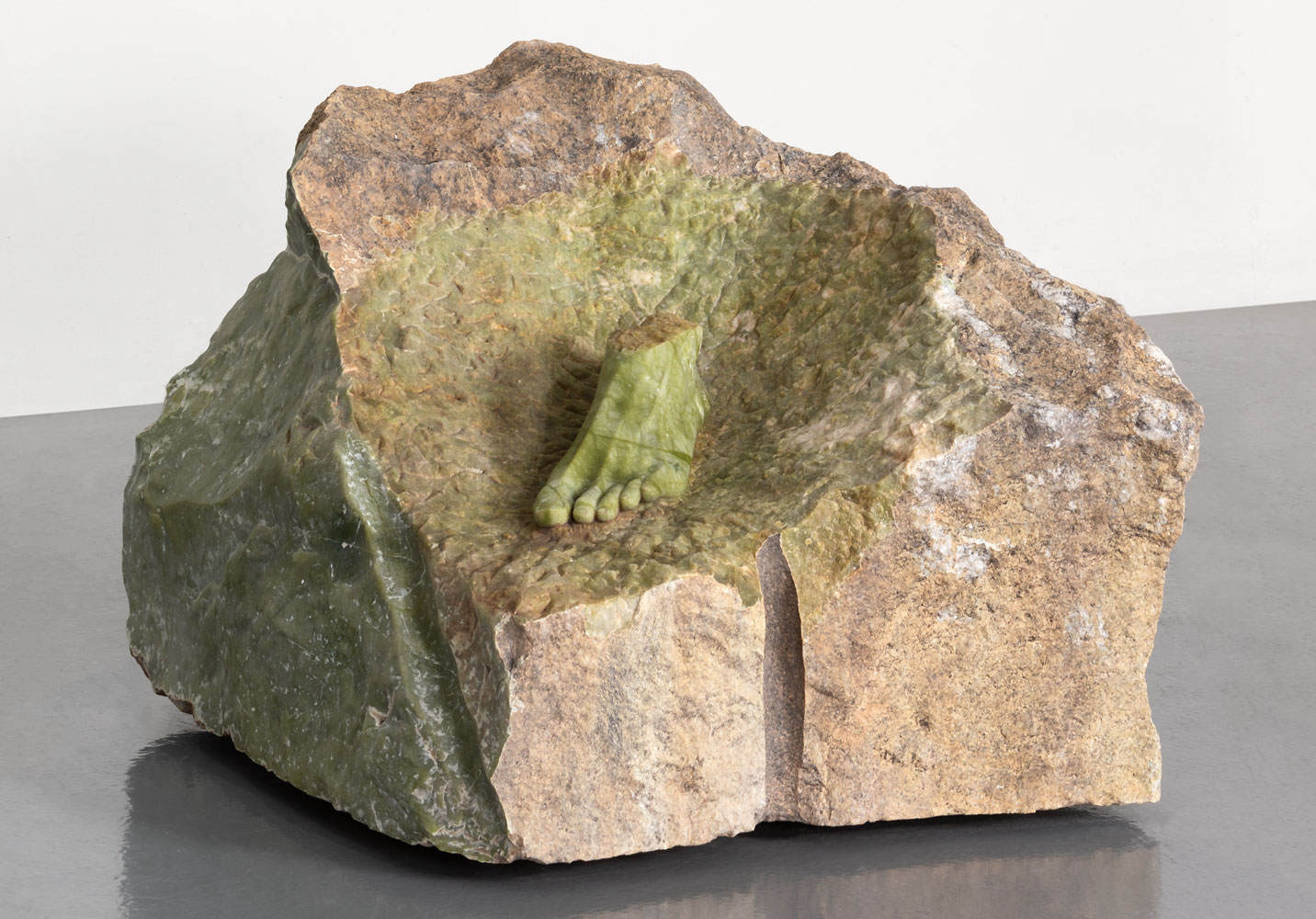
Dorothy Cross’ new work feels explicitly relevant to the times we are living in, writes Francis Halsall
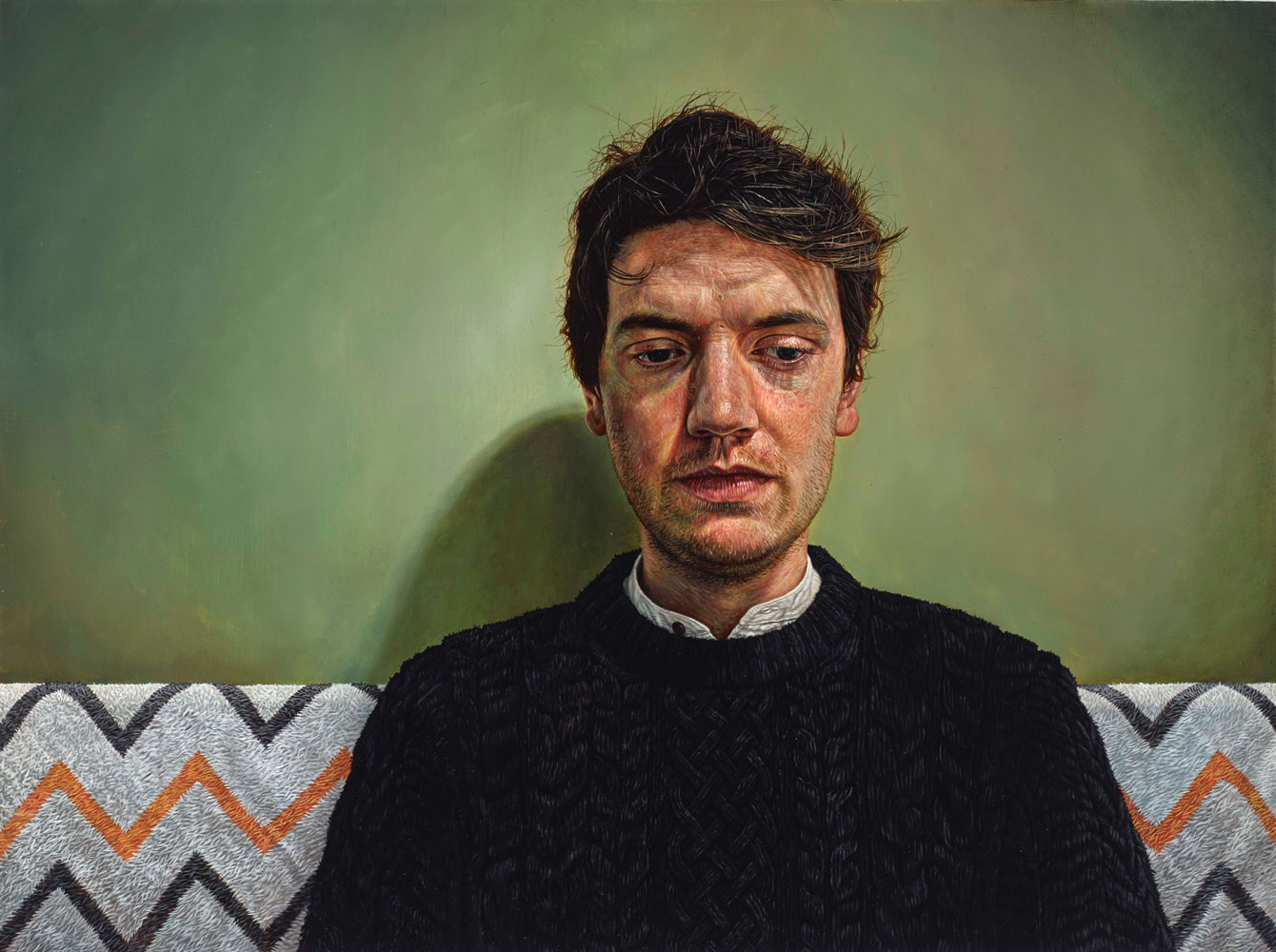
Róisín Kennedy speaks with this year’s winner of the Ireland–U.S. Council and Irish Arts Review Portraiture Award at the Royal Hibernian Academy, Daniel Nelis
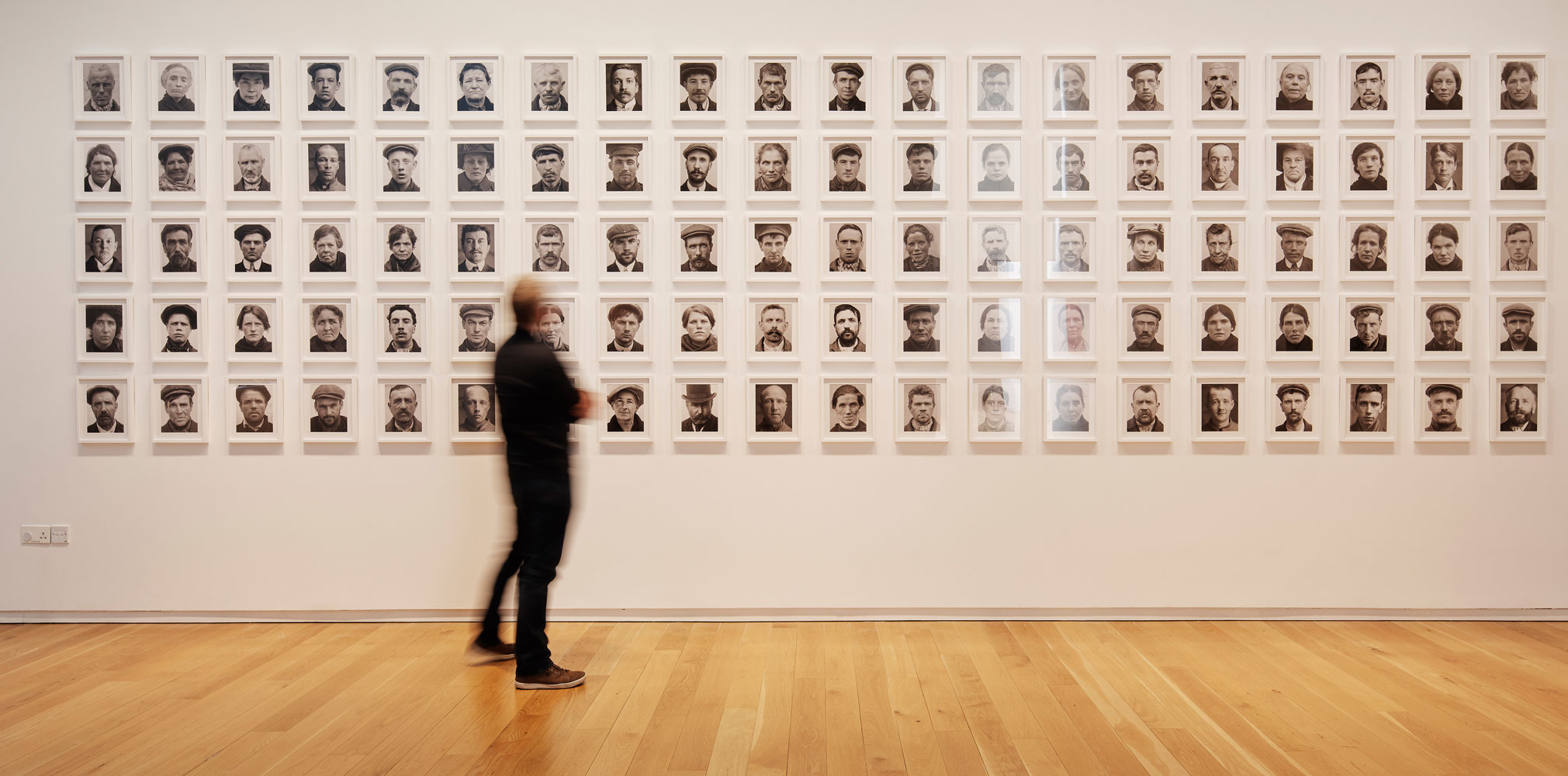
Cristín Leach finds that the exhibition ‘A Matter of Time’ at the Crawford Art Gallery moves from the political to the personal, and the local to the global, without skipping a beat